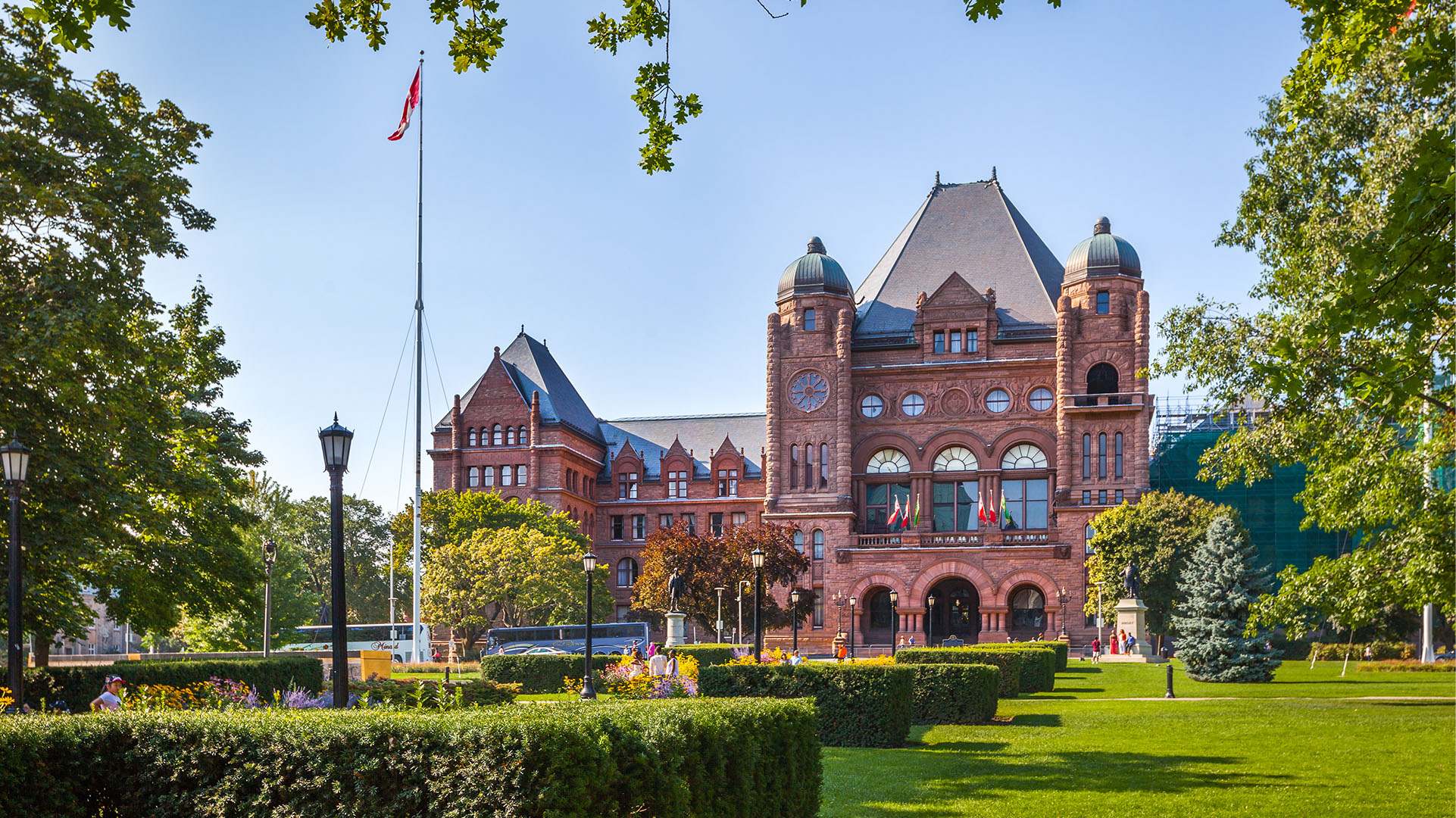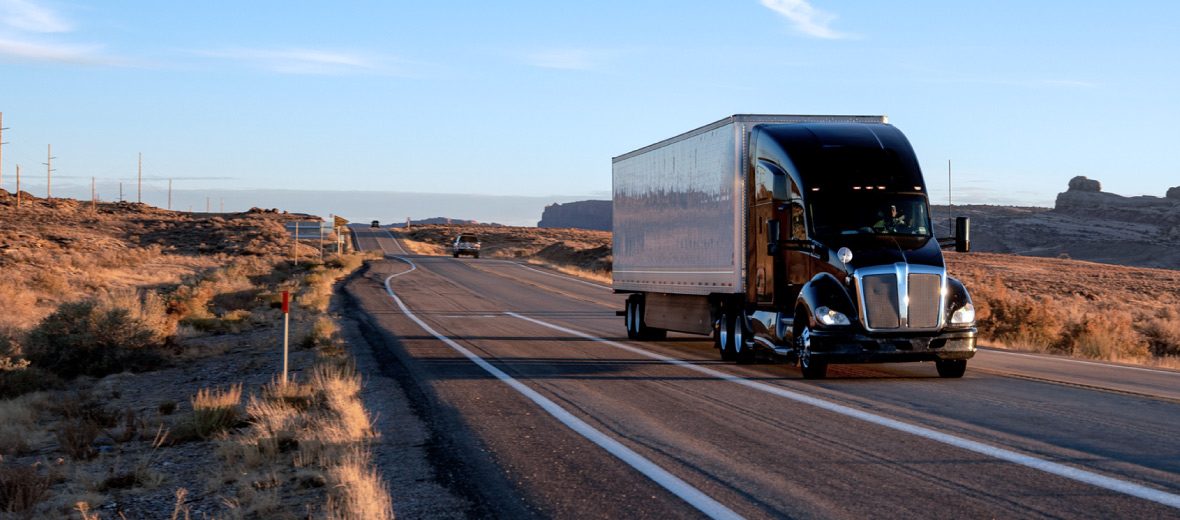Pre-trip inspection checklist for truckers [PDF + complete guide]
Stay compliant and avoid costly violations with this detailed CDL pre-trip inspection checklist.

Key Insights
- A pre-trip inspection is an examination of a commercial motor vehicle that drivers conduct before beginning a trip.
- Using a pre-trip inspection checklist helps drivers address mechanical problems and serves as documentation for road-side inspections.
If you’re a commercial driver's license (CDL) holder, you likely know the importance of inspecting your truck before hitting the road. However, knowing what to check and when isn’t always straightforward. A pre-trip inspection checklist can streamline your pre-trip process and get you on the road faster.
Staying compliant with inspection regulations can also keep drivers safer on the road. And with large trucks accounting for 9.6% of all fatal traffic collisions, making sure your vehicle is road-safe has never been more important.
Let’s look at the importance of CDL pre-trip inspections, including the key components to check before every trip.
What is a CDL pre-trip inspection?
A class A pre-trip inspection is a thorough examination of a commercial motor vehicle (CMV) that drivers have to conduct before beginning a trip. This check helps ensure the truck and trailer are in safe operating condition and comply with federal and state fleet maintenance regulations.
During the inspection, drivers must check essential vehicle components, including the engine, brakes, tires, lights, coupling system and cargo securement. The goal is to look for any defects or safety hazards that could cause an accident or breakdown.
But with so many different components to track, performing an inspection without a checklist can be difficult. Drivers may miss critical issues that result in costly breakdowns or incidents.
Not only does a checklist keep everyone safer on the roads, but it also serves as documentation. In the event of an accident or roadside inspection, a completed checklist can protect drivers and their companies from liability.

Pre-trip inspection checklist
Enhance fleet safety by using this daily pre-trip inspection checklist. From CDL walkaround inspections to interior checks, this comprehensive list covers all essential components of your truck and trailer.


The importance of CDL inspections
CDL inspections are essential for maintaining a safe and efficient trucking operation. They play a vital role in preventing accidents, complying with regulations, minimizing vehicle downtime and promoting a commitment to safety.
- Safety: Identifying and addressing potential mechanical issues, such as brake failure, tire blowouts or steering problems, can prevent accidents and ensure the safety of the driver and others on the road.
- Compliance: Adhering to federal and state regulations regarding vehicle maintenance and inspections is crucial to avoid fines, penalties and potential out-of-service violations.
- Efficiency: Regular inspections can help identify minor issues before they become major problems, preventing costly breakdowns and minimizing downtime that can impact productivity and profitability.
- Professionalism: Conducting thorough inspections demonstrates a commitment to safety and operational excellence, reflecting positively on both the driver and the company they represent.
Common issues found during pre-trip inspections
Even with the best preventative maintenance strategy, issues can still arise with commercial vehicles. Pre-trip inspections are designed to catch these problems before they lead to violations or costly downtime.
So, what things should you check during a trip? Here are some of the most common issues drivers and fleet managers encounter during these crucial checks:

Tire-related issues
Underinflation is a common culprit, leading to increased tire wear, reduced fuel efficiency and compromised braking performance.
Overinflation can also be problematic, making tires more susceptible to damage from road hazards. Pay close attention to tread depth, looking for uneven wear patterns or signs of damage like cuts, bulges or embedded objects.
Brake system
A vehicle's braking system is critical for safety, so any issues here are a major concern. Air leaks are a common problem in air brake systems, often stemming from damaged hoses or worn seals.
These leaks can lead to low air pressure, reducing braking efficiency and potentially causing a complete brake failure. Other potential issues include worn brake drums or shoes, malfunctioning slack adjusters and faulty valves.
Fluid levels
Maintaining proper fluid levels is an essential part of fleet risk management. For example, engine oil lubricates the engine's moving parts, reducing friction and preventing wear and tear. Low engine oil can lead to overheating, increased friction and, ultimately, catastrophic engine damage.
Similarly, if coolant levels are low, the engine can overheat, potentially causing severe damage to the head gasket, cylinders and other components.
Electrical system
Electrical problems can be a major headache for truck drivers. A dead battery can leave you stranded, while faulty wiring or corroded connections can cause issues with lights, signals and other electrical components.
Malfunctioning sensors can help reduce fuel efficiency, emissions problems and engine damage. Pay close attention to battery condition, wiring integrity and sensor functionality to avoid unexpected failures on the road.
Streamline pre-trip inspections with fleet management software
Want to take your pre-trip inspections to the next level? By leveraging advanced fleet management solutions, you can streamline your process, enhance safety and ensure compliance.
From DOT audits and pre-trip inspection checklists to automated reporting and real-time vehicle data, fleet management solutions can help boost vehicle safety and compliance.
Subscribe to get industry tips and insights
Frequently Asked Questions
“Pre-trip” refers to a commercial vehicle inspection that happens before a driver begins their trip. This differs from other roadside inspections that happen during or after a trip.
During a pre-inspection, you should check exterior and interior parts, including the engine, fluids, brakes and lights, among other important components.
A pre-trip inspection should be performed before every trip. This routine check helps ensure vehicle safety and reliability, minimizing the risk of accidents and breakdowns.
A typical pre-trip inspection can take anywhere from 10 to 15 minutes. However, the time required may vary depending on the complexity of the vehicle and the specific inspection requirements.
Pre-inspection typically includes a visual inspection of the vehicle's exterior and interior, as well as a check of critical components like tires, brakes, lights and engine fluids. These activities are tasks performed before a vehicle is used to ensure its safety and roadworthiness.
The Geotab Team write about company news.
Table of Contents
Subscribe to get industry tips and insights
Related posts

Marketplace Spotlight: From Chaos to Clarity, Innovating Fleet Claims with Xtract
April 15, 2025
1 minute read

What is government fleet management software and how is it used?
April 10, 2025
3 minute read

Beyond the road: Enhancing school bus interior safety with advanced technology
April 10, 2025
5 minute read

60+ trucking industry statistics: trends + outlook for 2025
April 8, 2025
6 minute read

Enhancing student bus safety: Combating distracted driving in the digital age
April 7, 2025
6 minute read
